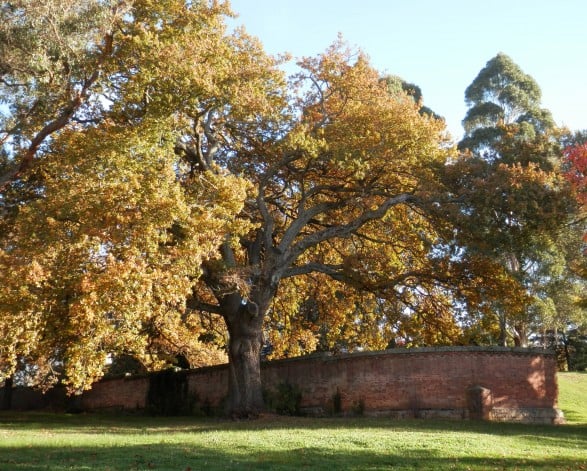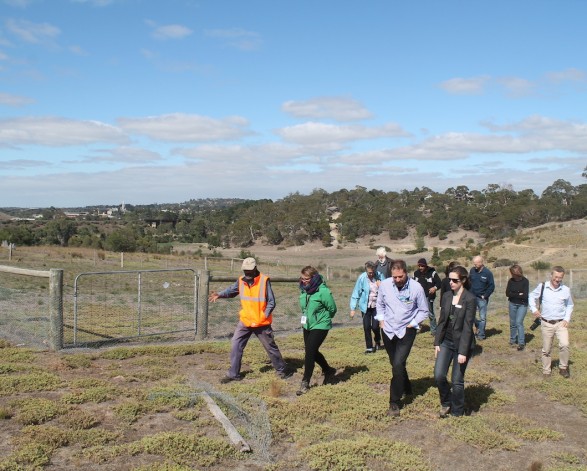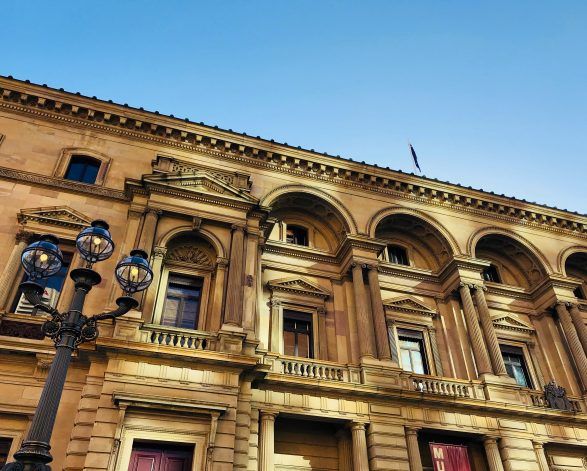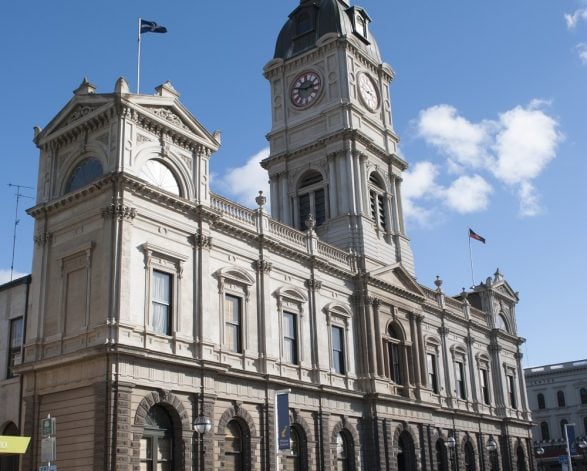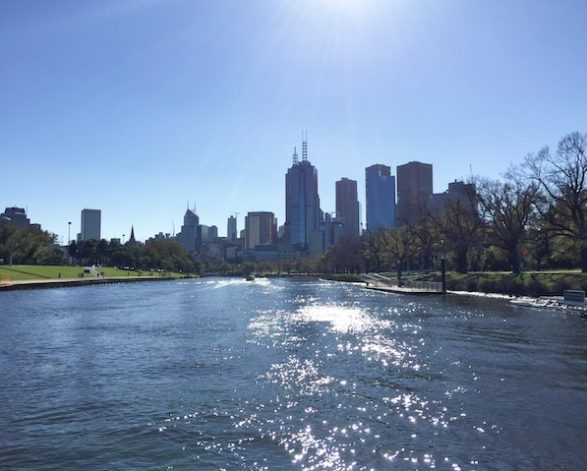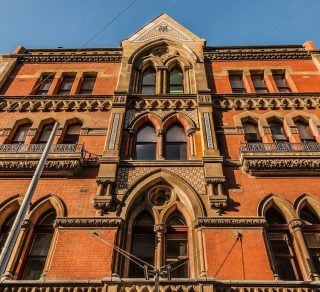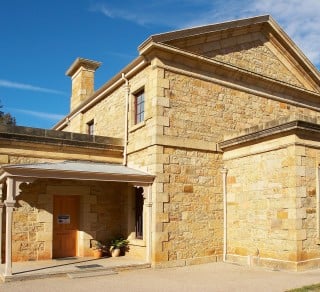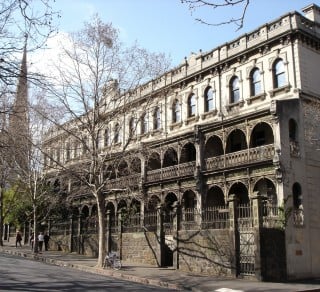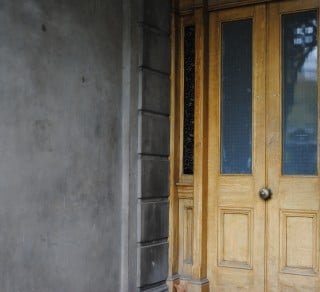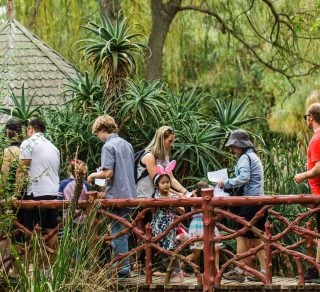The National Trust Heritage Register is the most comprehensive single heritage register in Victoria, covering all types of cultural and natural heritage, including buildings, trees, landscapes, gardens, public art and pipe organs.
National Trust Heritage Register
Types of Heritage Protection
Related content section
Victorian Heritage Register
The Victorian Heritage Register provides legal protection for places and objects that are significant to the state of Victoria, under the Heritage Act 107. Anyone can nominate a place to the Victorian Heritage Register, which is maintained by Heritage Victoria, a part of the Department of Environment, Land, Water and Planning.
Heritage Overlay
All municipalities in Victoria are required to identify heritage places, including buildings, objects and precincts, and protect them through their Planning Schemes with a “Heritage Overlay” control. A permit needs to be sought for changes to a place with a Heritage Overlay control. Contact your local Council for more information.
Significant Trees
The National Trust believes the best way to achieve protection for significant trees, is through the establishment and maintenance of local Significant Tree Registers managed by local councils. However, there is no consistant law on how councils should implement Significant Tree Registers in their municipalities. Environment or Significant Landscape Overlays are the most common mechanism to protect individual trees at the local level. At the state level protections can be afforded to endangered native trees and trees in Cultural Landscapes included in the Victorian Heritage Register.
Landscapes
While there are mechanisms for heritage protections to be afforded to Cultural Landscapes through inclusion on the Victorian Heritage Register and Local Heritage Overlays, these are rare. It is more common for significant landscapes to receive protections through Environment and/or Significant Landscape Overlays at the local level. The National Trust is actively working to increase public awareness of landscapes as precious, finite resources, and to ensure they are cared for and properly managed as an important part of our heritage.
Related content section
UNESCO World Heritage List
The World Heritage List includes sites of outstanding cultural or natural importance to the common heritage of humanity, and is maintained by the international World Heritage Programme administered by the UNESCO World Heritage Committee. The only place in Victoria on the list is the Royal Exhibition Building and Carlton Gardens.
Aboriginal Cultural Heritage
The Aboriginal Heritage Act 2006 provides protection for all Aboriginal Cultural Heritage in Victoria. This Act acknowledges Aboriginal people as the primary guardians of Aboriginal cultural heritage, establishes a registration system, and also sets up a Management Plan and Permit system managed through the Department of Premier and Cabinet.
National Heritage List
The National Heritage List aims to list and protect cultural and natural places that are considered to be of outstanding importance to Australia, under the Environment Protection and Biodiversity Conservation Act 1999. Victoria currently has 29 places on the list, which is maintained by the federal Department of the Environment.
Commonwealth Heritage List
The Commonwealth List includes significant places that are owned by the Australian Government, which means they are exempt from local or state control. The list includes natural, Indigenous and historic heritage places, such as places connected to defence, communications, customs and other government activities.
Register of the National Estate
The Register of the National Estate (RNE) was originally established under the Australian Heritage Commission Act 1975, but was closed in 2007 and is no longer a statutory list. The RNE, which included places of local and state significance, is now an archive of information about 13,000 places throughout Australia.
Victorian Heritage Rivers
The Heritage Rivers Act 1992 identifies 18 Heritage River Areas in Victoria, in which some activities may be prohibited including constructing barriers that affect the area’s recreational, natural, scenic or cultural heritage values. The Act can also restrict diversion of water, some clearing practices, plantation establishments and domestic animal grazing.


